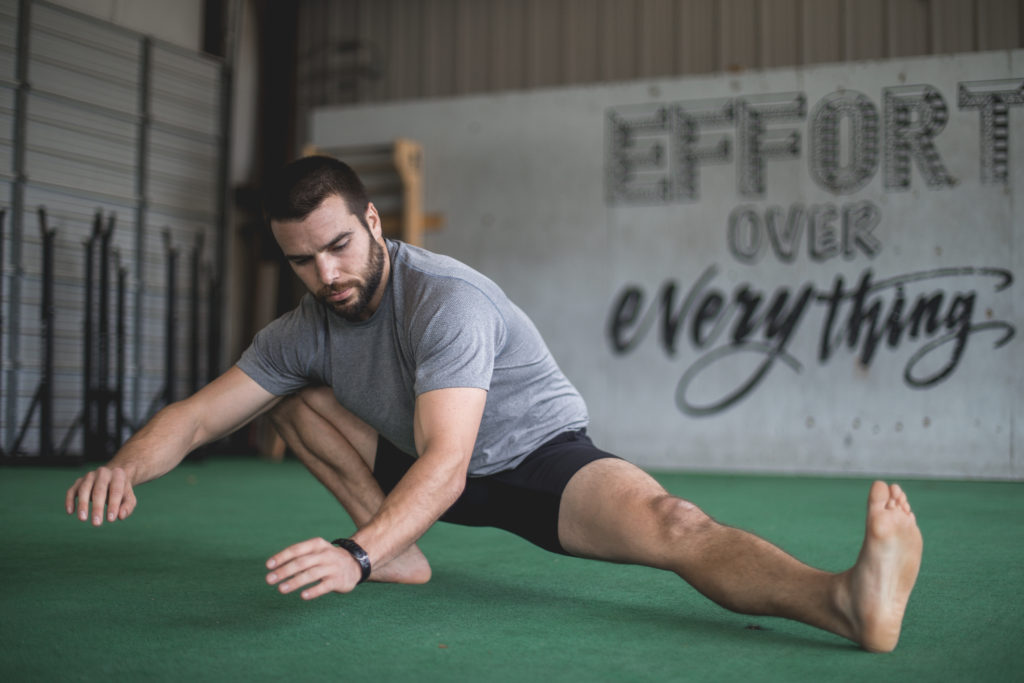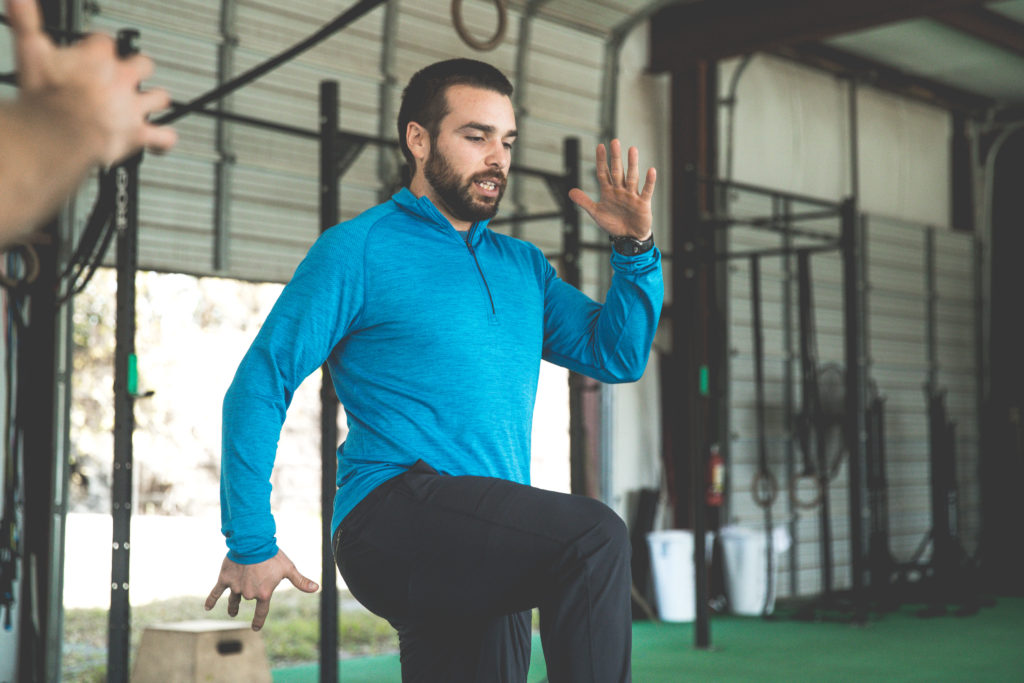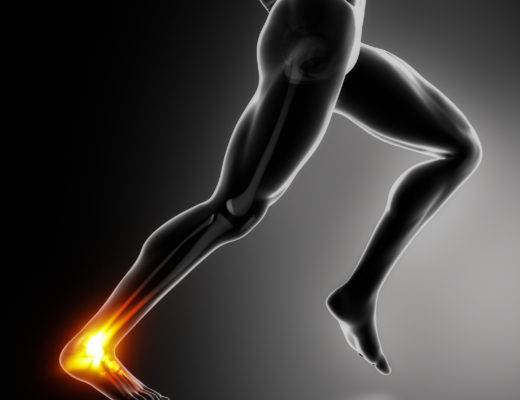Increasing stride length is a popular topic with most sprinters for good reason. The longer your stride the fewer steps will be needed for the given distance. But how exactly do you increase the length of your stride, and more importantly, will greater stride length actually help you run faster?
There are many factors that go into the length of your stride, and as you go through the phases of your race (Drive, Transition, Max-V) your stride length should gradually increase. The number one factor determining stride length is FORCE. This is simple physics; Newton’s 3rd Law tells us that, “For every action, there is an equal and opposite reaction.” As a sprinter, you must learn how to apply force into the ground so that you can project your body down the track. In your Drive phase, you will apply most of your force horizontally. In the Max-V stage your force will primarily be vertical, and the true art of sprinting is how well you can seamlessly transition from one to the other. Simply put, the harder you push into the ground the farther your body will move.
So, how do you put more force into the ground?
3 Ways to improve your stride length
1) Increase Strength
Most athletes don’t commit the time in the weightroom to develop the engines needed for elite speed. The more weight you move in the gym, the harder you can punch the ground. This mainly refers to relative strength as well as core strength.
Read more about how to lift like a sprinter and not a bodybuilder here.
2) Improve Mobility

It’s simple, stiff muscles are slow muscles. When it comes to striking the ground you want to punch into the ground using your hamstrings and glutes to take the hip into extension. If your hip flexors are too tight, they won’t lengthen properly when you drive down into the ground, which means you will produce less force and have a shorter stride. The opposite happens when you have tight glutes and hamstrings. These muscles can get so bound up that they won’t lengthen enough to lift your knee high off the ground. This results in less distance between your foot and the ground, meaning less time and distance to gain momentum for a powerful punch into the ground.
Read more about how to improve your hip mobility here.
3) Posture

Your posture is everything in maintaining your top end speed aka Max-V phase. This is when you must be fluid and let your body’s momentum carry you through the finish line. The command center for posture is your pelvis. Your pelvis sets your hips in position to allow you to stand as tall as possible with each ground contact. If your pelvis tips forward this leads to a host of issues, like short hip flexors, tight hamstrings and a shorter stride.
Read more about how to control your pelvis here.



